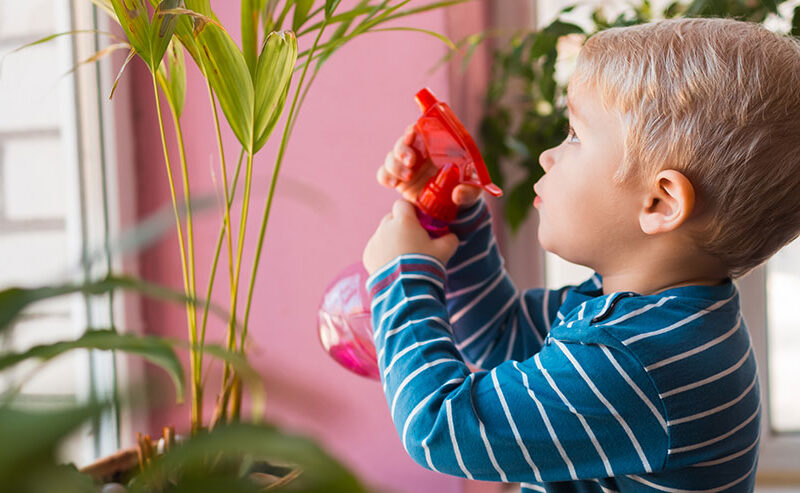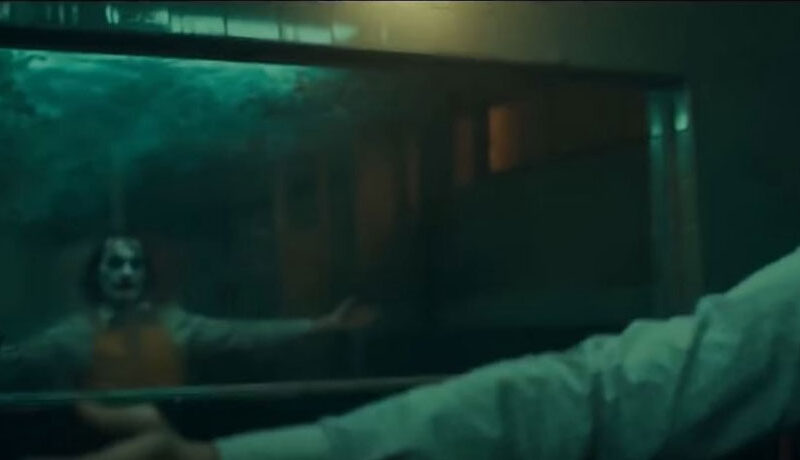What do kids learn from TV shows, like ‘Pingu’, that don’t have dialogue?
What do kids learn from TV shows, like ‘Pingu’, that don’t have dialogue? https://mediatrics.com/wp-content/themes/corpus/images/empty/thumbnail.jpg 150 150 Mediatrics Mediatrics https://mediatrics.com/wp-content/themes/corpus/images/empty/thumbnail.jpg Q: Recently I noticed a friend’s 3-year-old daughter laughing hysterically as she watched a claymation program called Pingu. It seems like a pretty basic kids’ program with cute animals, but what struck me as unique was that the only dialogue featured on the show is gibberish. The characters “talk” to each other, but not in any decipherable language. Still, despite the lack of a scripted dialogue, my friend’s kid was cracking up laughing as she watched, leading me to believe that she’s crafting her own script in her mind as she watches. Could this be what’s happening?
-Perplexed by Pingu in Cambridge, MA
A: Dear Perplexed:
I agree with the 3-year-old: Pingu is delightful—and its formula has a time-honored feel to it. Remember, motion pictures were silent for their first 4 decades. They told their stories visually, using live music to set the dramatic tone and some well-timed sound effects for pacing, emphasis, and—BOING!—laughs. Similarly, the inflected vocalizations made by characters in Pingu create an emotional storyline that requires no words: surprise, excitement, disappointment, delight. Many of these basic feelings are familiar even to kids who’ve yet to utter their first words. And, as you say, a big part of the fun for the child is decoding the images and creating his or her personal story.
Teletubbies caught flak from child advocates several years ago—not for being non-verbal, but for being verbal in a developmentally problematic way. The show’s toddler viewers heard endearingly cute baby talk, like “eh-oh” for “hello”, at stages of their language development when it was crucial for them to hear effective language modeled. Young children who watch educational DVDs or videos can have poorer language development than kids who don’t, so the baby-talking Teletubbies only exacerbated a known problem with screen exposure early in life. Although Pingu isn’t modeling correct language, its vocalizations are not approximating language in the way that Teletubbies does, and thus is less likely to mislead young viewers.
In addition, Pingu has other cognitive merits: It teaches kids how to decipher a visual story; to respond to it in their own imaginative, creative ways; and, ultimately, to sharpen their skills for mastering media by using them critically. (Reading does this, too: This Q&A breaks down the benefits of listening to audiobooks vs. reading books vs. watching screen media.) What we know about educational TV is that the more interaction it demands of kids, the better it is at teaching them. When Dora or Blue ask viewers to shout out their names or spot things onscreen that the characters don’t see, children’s learning from those programs increases dramatically.
So when it comes to choosing the best shows for children, opt for those that engage their senses of sight and hearing and challenge their imaginations and problem-solving skills. Such engagement can mean that they get more out of the short-term viewing experience and build their competence and skills in using media effectively for a lifetime.
Enjoy your media and use them wisely,
The Mediatrician®




